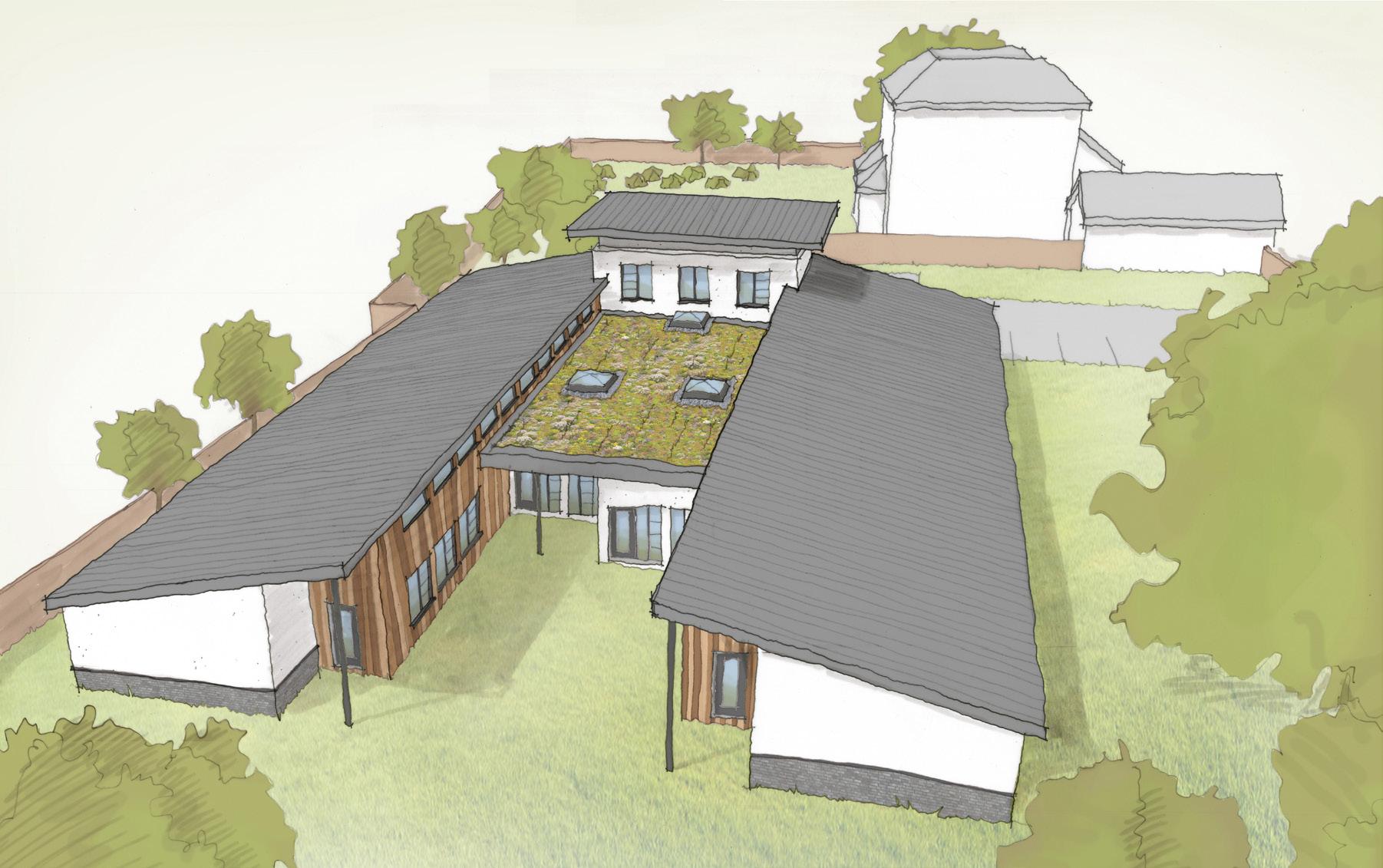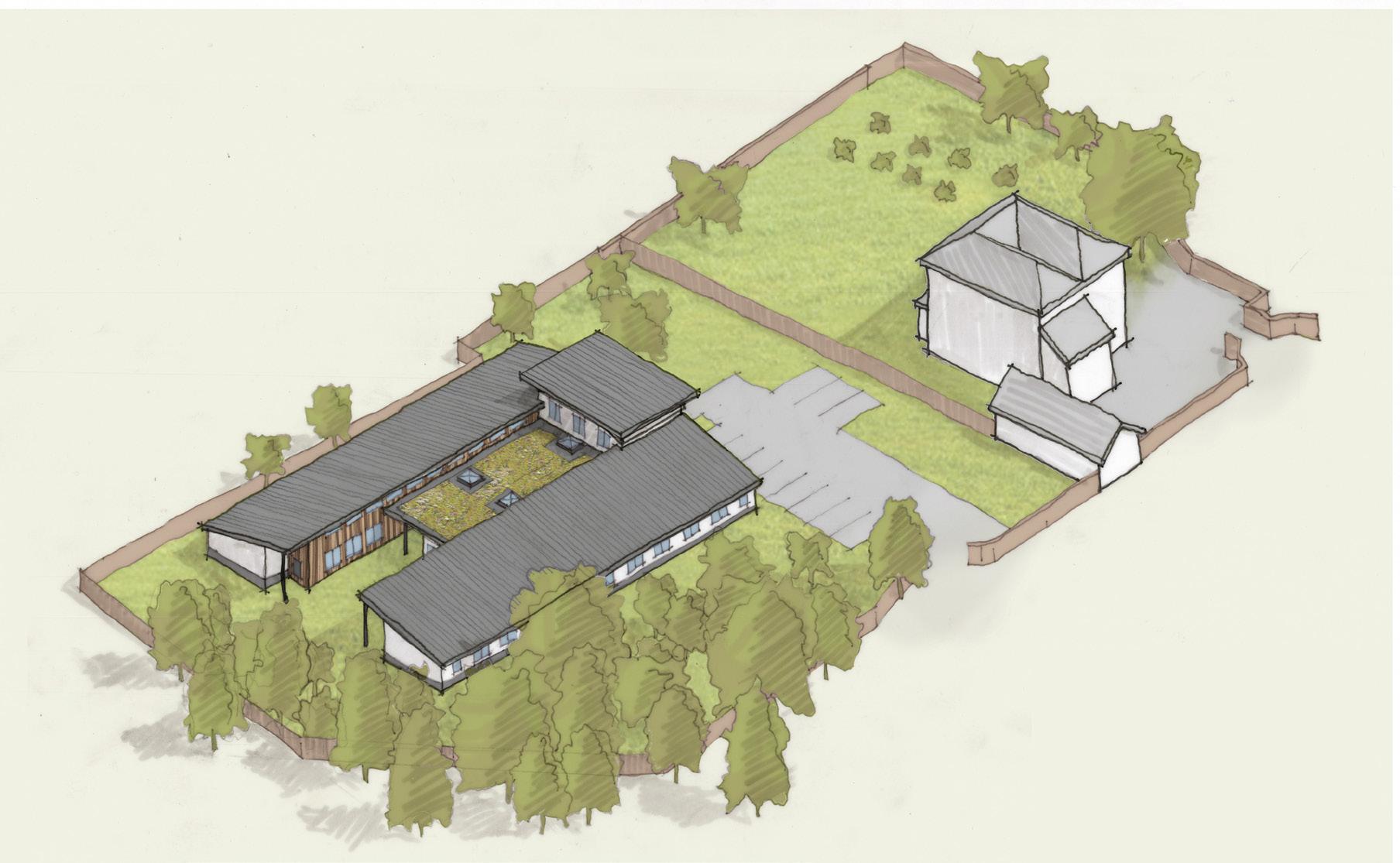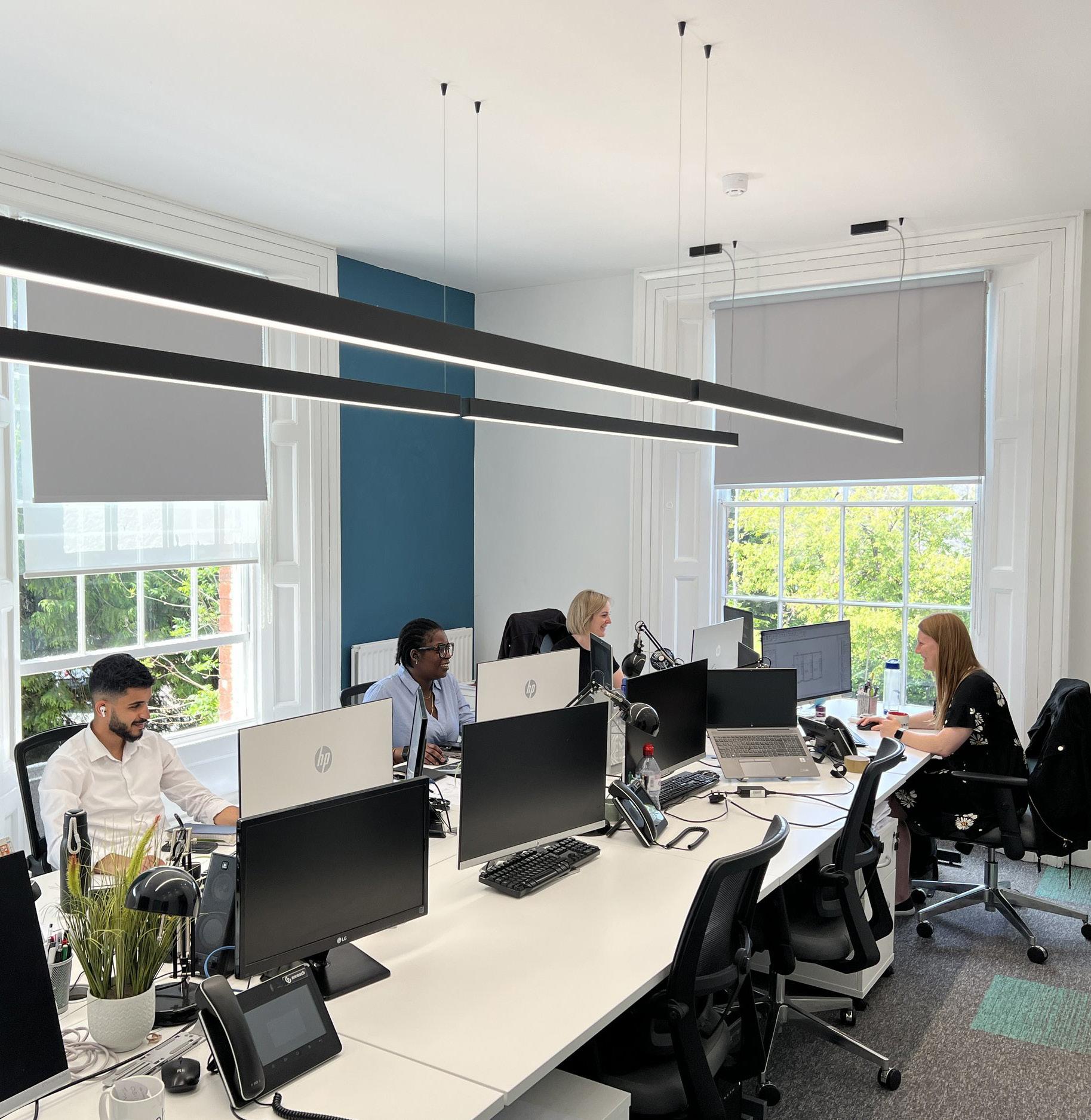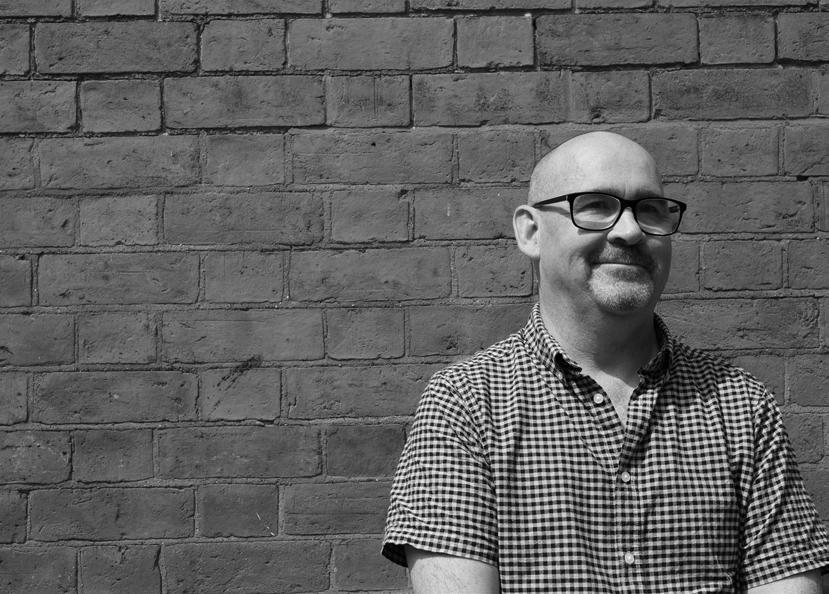











































High quality design combined with commercial sense, delivered in a way to suit you.
Zebra Architects are an established, friendly and diverse practice operating nation-wide from the stunning St Georges Square in Worcester.
We are renowned for creating high quality, carefully crafted buildings and spaces where creativity unlocks the constraints and adds value to your journey and end result. We want to find the balance between innovation, design and sustainability which suits you, and we have a superb track record of achieving planning consents.
Commercially astute at adding value without adding cost, we know how to make your budget stretch further. We guide you to ensure you don’t have to compromise your project and, put simply, the value you gain working with us will far outweigh our fees.
worcester
30 st georges square WR1 1HX
01905 351 472


hello@zebraarchitects.co.uk



Zebra Architects Limited are an award winning RIBA registered practice with office in Worcester.
Formed in 2004, Zebra has extensive experience in providing schemes for specialist and supported housing in relation to adult social care, Including supported/ assisted living.
Zebra’s schemes are nationwide for a variety of providers including the following:
Sanctuary, Civitas, Platform Housing, Connexus, Alliance Housing, Housing 21, Autism West Midlands, Lisieux Trust, Specialised Supported Housing, Rooftop Housing and Keon.


Zebra undertakes all RIBA stages from briefing to handover, collaborating with clients and user groups to establish project briefs through workshops and on-site observations of care settings.
Our designs prioritize sustainability, employing a fabric-first approach and incorporate Passive House principles.


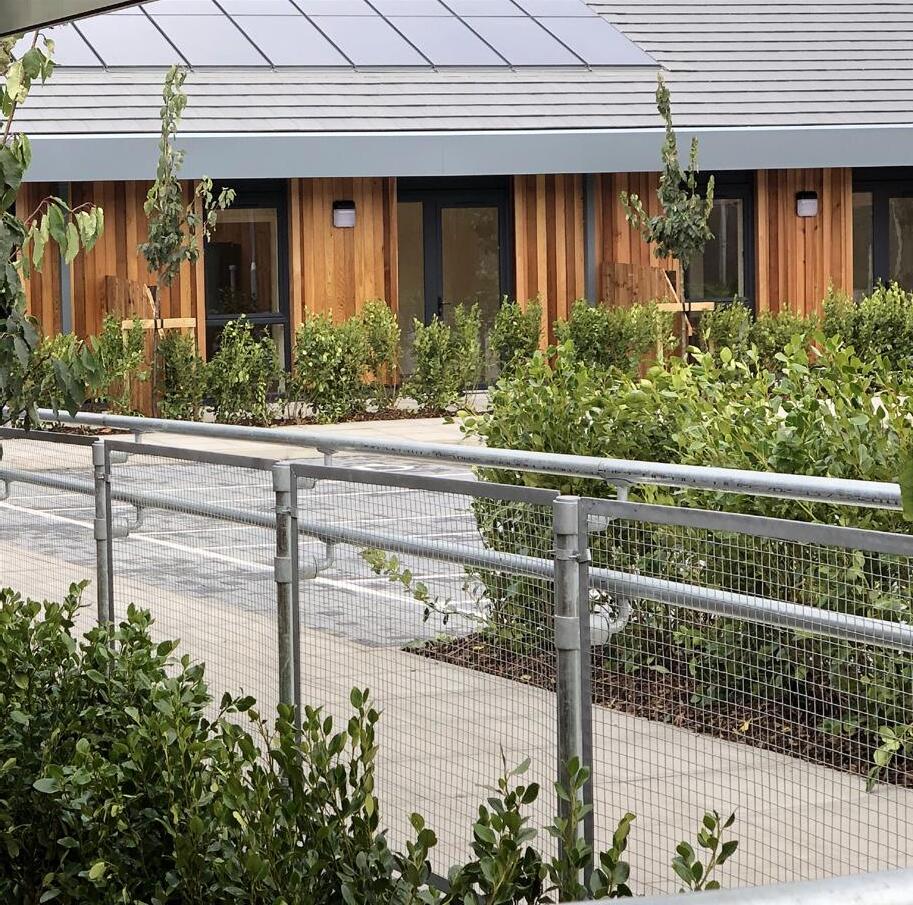
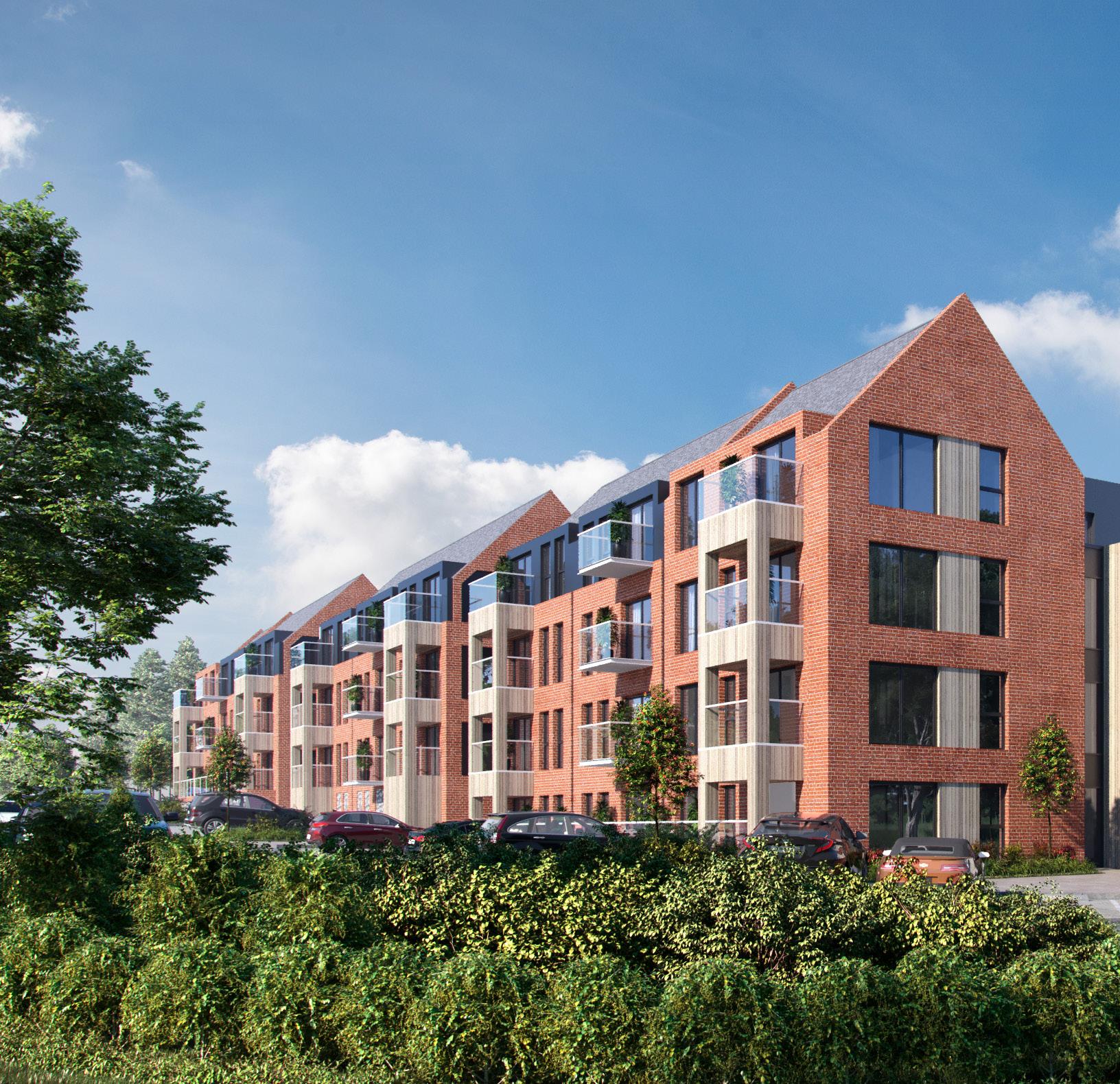


Our workshops and research have greatly enhanced Zebra’s understanding of the crucial interior considerations needed to promote positivity, comfort and care for individuals with Autism Spectrum Disorder (ASD).
When designing for individuals with ASD, it’s crucial to recognize their unique sensory triggers. What affects one person may not impact another, emphasising the need for sensitivity and careful consideration in design.
When combined with complex mental health, extra care must be taken during the design process to ensure welfare and safety for both residents and staff.




1. The indoor/outdoor relationship of buildings is articulated in a way that promotes easy wayfinding, utilizes zones with discrete sensory qualities that define spaces and has circulation/ transitional spaces between zones.
2. Design solutions should be adaptable to different users and needs.
3. Buildings should be designed with internal refuge spaces, as well as rooms dedicated to the promotion of sensory exploration.
4. Spaces are fully inclusive and not segregated for autistic and non-autistic use.

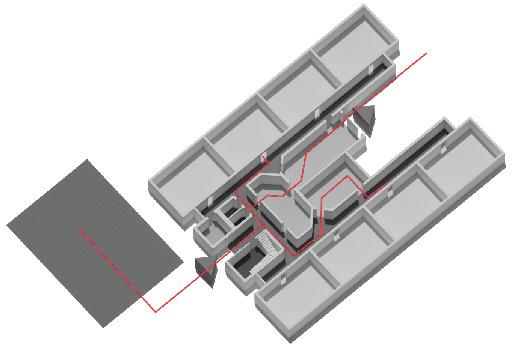

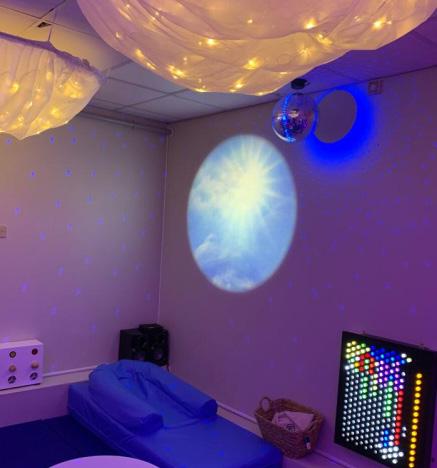



1. Excessive use of vibrant colours, dramatic colour contrast and highly saturated colours are avoided.
2. Colour is used to define spaces and aid wayfinding.
1. Fluorescent and other flickering or sound-emitting lights are avoided, stable quiet lighting is preferred.
2. Light should be evenly distributed and adjustable, in brightness and colour.
1. Materials should be selected with safety in mind.
2. Avoid highly patterned and/ or textured materials as well as abrupt changes in material.

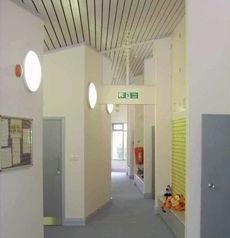






1. The acoustic environment should align with the intended sensory stimulation level of the space.
2. Acoustic treatments are used to mitigate noise between spaces, across large multifunctional areas, and micro-acoustical environments should be created around areas of high focus/low stimulation when found within large open spaces.
3. Spaces should be planned to minimize echo and reverberation.
4. Windows and doors should block out distracting exterior sounds.


1. Furniture is made of neutral materials, utilised to support zoning/ compartmentalisation of spaces.
1. Materials, security and control are planned with the specific safety needs ofautistic users in mind.


2. Additionally, Antiligature furnishings are required in Autism and Complex Mental Health Centres.



1. Spaces should be organised in a logical order based on use patterns, preferably using one-way circulation.
2. Transition spaces are available between sensory zones, particularly between high and low stimulation spaces.


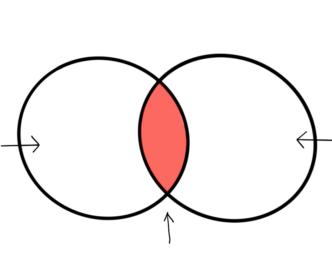
1. Areas of refuge should be made available across different locations, were possible at different scales and typologies.
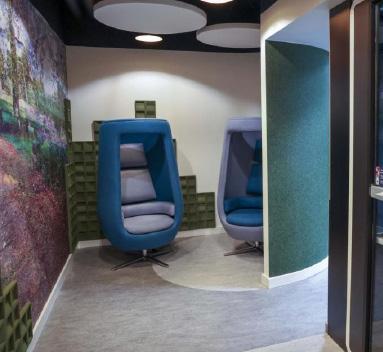
stimulation space ( private apartment )






28th March 2025

Definition:
For the purposes of the workshop, the cohort is divided into two groups: young females, often with late diagnoses and a history of self-harm, requiring shorter-term step-up/step-down support (18 months to 2 years); and males who display violent behaviour, requiring longer-term, permanent housing. Both groups present with ASD and additional mental health complexities. It is essential that these cohorts are not housed together. Consideration must also be given to the needs of trans residents, for whom placement in gendered facilities may present additional challenges.
Outcome:
The outcome of the design is to deliver a development that supports accessible and inclusive living by prioritising clear communication, straightforward layouts, intuitive navigation and freedom of choice. Discreet but effective natural surveillance is essential, enabling staff to monitor residents’ well-being without being intrusive or compromising their privacy.




Many residents are unlikely to have access to a private vehicle, making strong public transport links essential. This also supports staff accessibility, as some may not drive. While promoting sustainable travel, adequate car parking must still be provided—aligned with current planning policy: 0.5 spaces per dwelling and 1 space per 5 staff. Cycle parking should meet or exceed the current standard of 1 space per 10 residents and 1 per 5 staff. Additionally, space should be allocated for a larger vehicle, such as a minibus or ambulance.
The site should be located near regular bus routes but positioned in a quiet, private area—ideally on the edge of a settlement—to minimise sensory triggers like noise and smells. Town centre and isolated rural locations should be avoided. Integration within a larger “care village” setting would be beneficial, as would proximity to NHS services.
External space is a key component of the development and should be larger in area than the building itself. To ensure privacy for both residents and neighbouring properties, a substantial green buffer should be provided along all site boundaries. This buffer not only supports visual privacy but also helps mitigate noise, which is particularly important given the potential for auditory sensitivities among residents.
The outdoor environment should include a mix of quiet and interactive zones, offering opportunities for therapeutic and recreational use, such as gardening. As these are long-term homes, residents may also benefit from having access to their own designated outdoor space, including the option for a personal shed.

Diagram




Male:
Flats are to be self-contained units with their own front door accessed from a wide communal corridor (minimum width 2m). Each apartment will include a double bedroom, living room, bathroom, separate kitchen with lockable cupboards, and storage. As long-term homes, all flats should be adaptable to meet changing needs and designed to M(4)2 standards to support greater inclusivity and flexibility. A small proportion (10%) should be M(4)3 accessible units.
A single, secure point of entry monitored from a staff area is essential. Each development should accommodate no more than 8 units per cohort, with all apartments being one-bedroom.
Female:

Flats are to be self-contained units, each with its own front door accessed from a wide communal corridor (minimum 2m). Each apartment will include a double bedroom, living room, bathroom, separate kitchen with lockable cupboards, and storage. While these homes are shorter term than those for the male cohort, they should still be designed to M(4)2 standards to support inclusivity and meet a range of needs. A small number (10%) should be M(4)3 accessible units.







Staffing levels will be 1:1 or 2:1 depending on resident needs. Staff areas should include a staff room (with kitchen facilities), office, WC, staff bedroom with en-suite, and spaces for meetings and therapy. Good natural surveillance is essential, with single-storey layouts preferred.
Each cohort should have at least two communal lounges to support resident interaction, ensuring these are not perceived as dayrooms. Each lounge should have two access points.

Assistive and adaptive technology should be considered in all schemes, even if limited to initial containment for future use.

Step-up and step-down accommodation was a key focus across many workshop discussions.
Flexibility and adaptability of spaces to allow for future-proofing was consistently identified as a priority.

Each apartment to be allocated 1.5 parking spaces, to allow for those that qualify for a motorobility vehicle
Construction Specification:
Robust construction is required to prevent damage and vandalism. While the male cohort typically poses risk to others, environmental damage cannot be ruled out. Reinforced walls, anti-vandal sanitaryware, concealed pipework with anti-tamper fixings, and early consideration of anti-ligature measures are essential. Triple-glazed windows should be used to reduce auditory sensitivity.



Larger care village developments that can accommodate multiple cohorts are strongly supported.




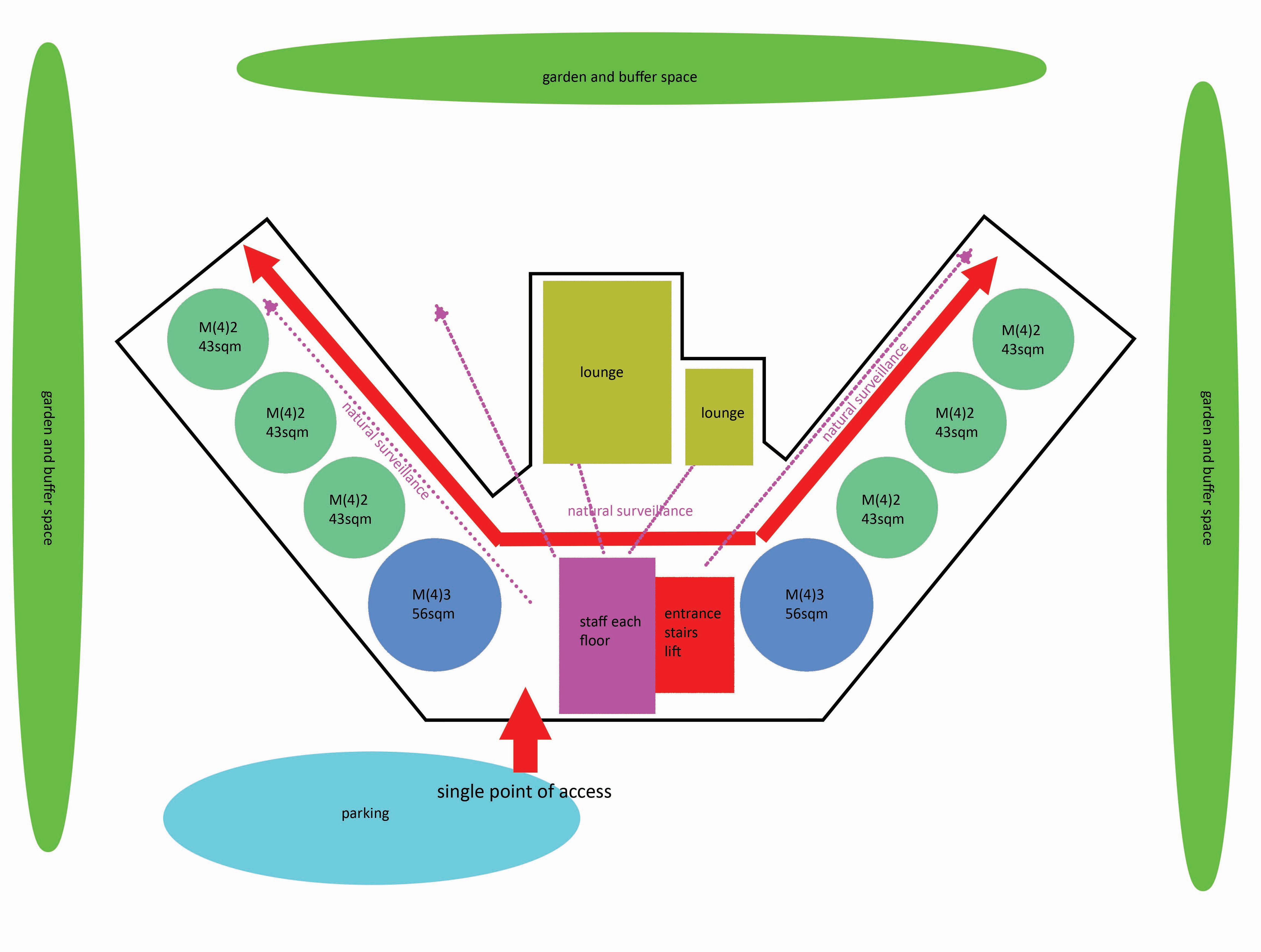



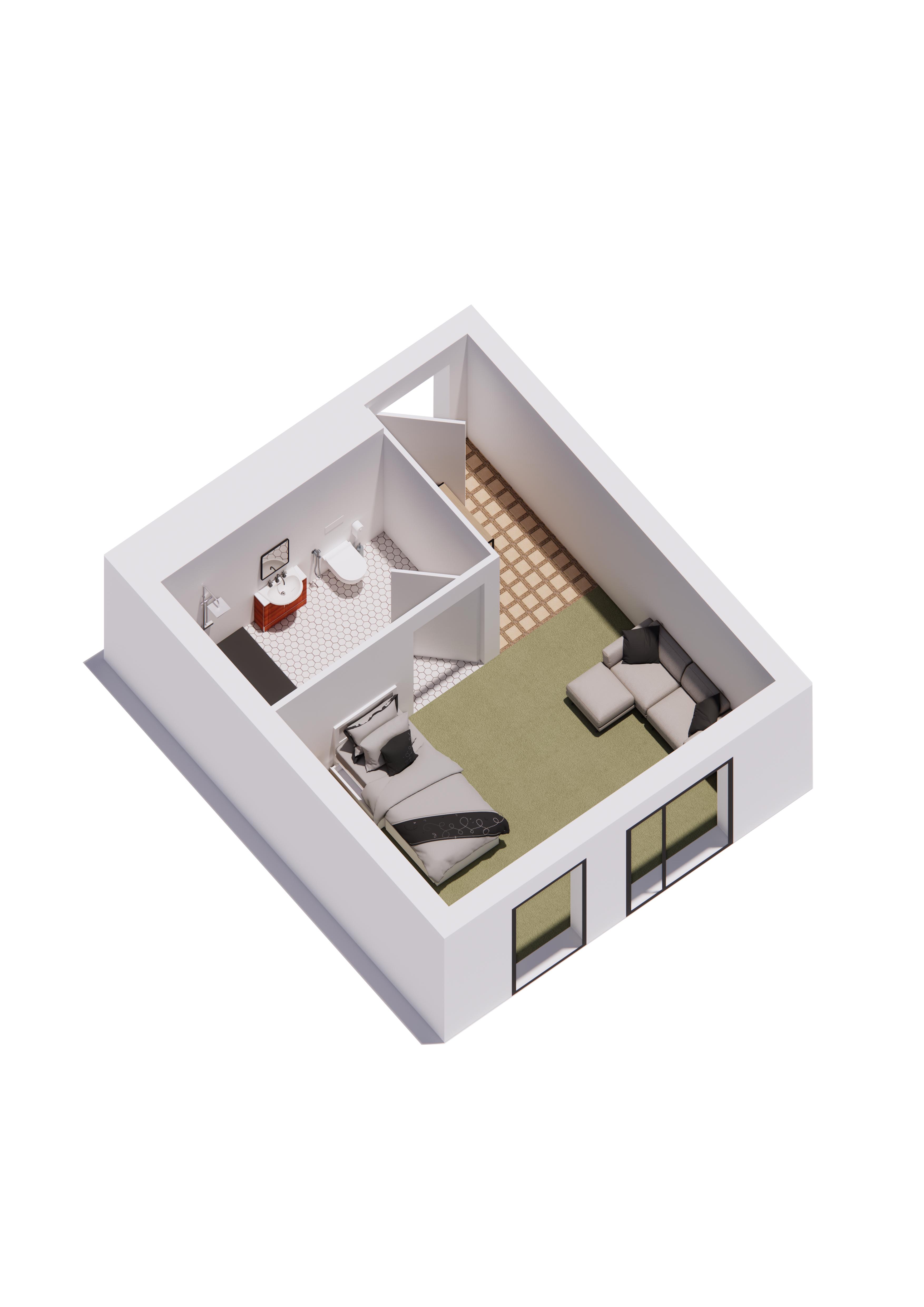

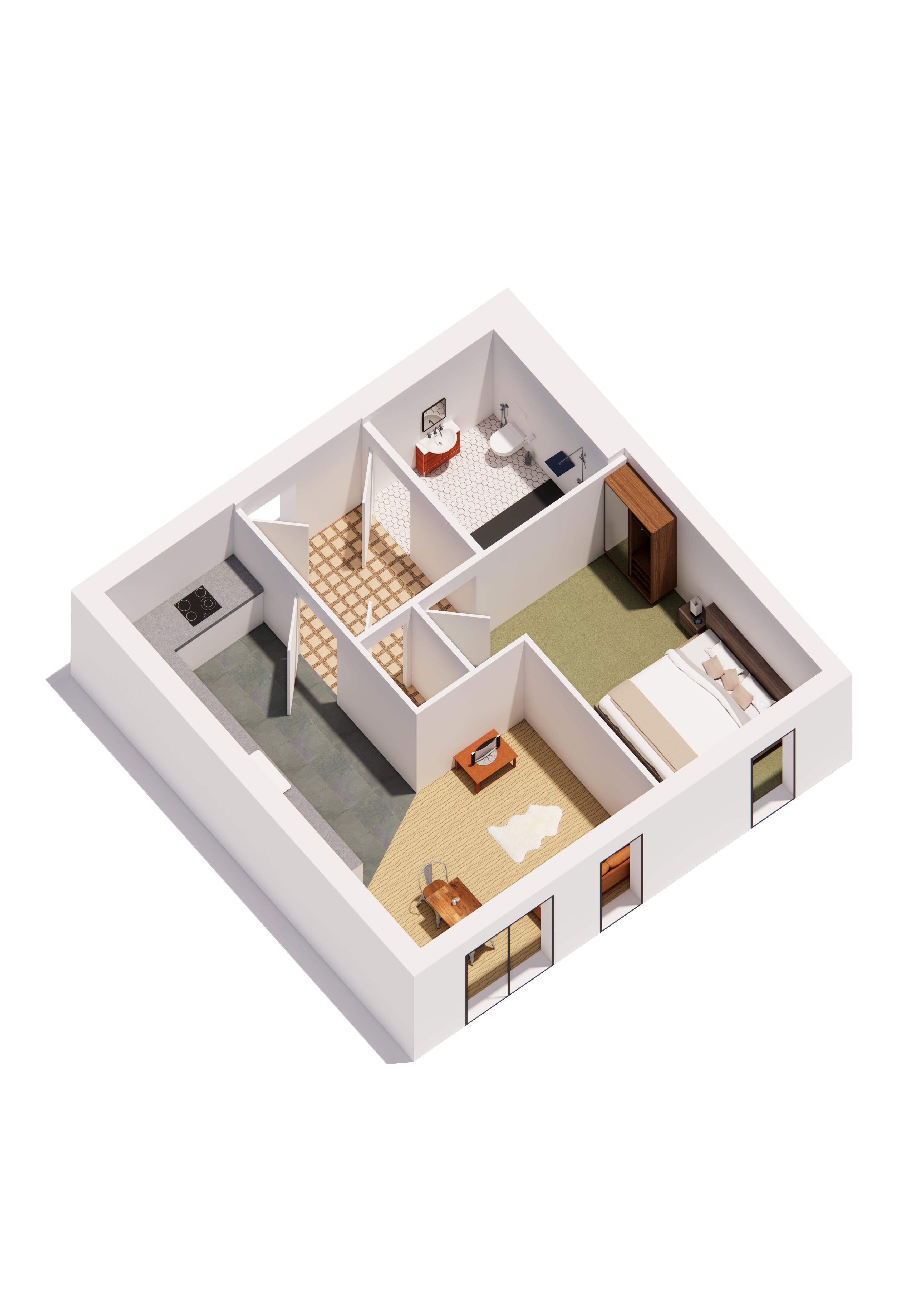



Zebra has found that residents prefer to decorate their own spaces, with core materials and colors remaining plain and neutral.
It’s important for all of us to make our living spaces feel like home, reflecting our individuality and providing a safe haven.






Client: Autism West Midlands RIBA Stages 0-7

Zebra was tasked with designing an 8-unit facility for adults with autism and complex mental health needs, providing lifetime homes with secure tenure for Worcestershire clients living nationwide. Extensive observation of similar settings informed the design, and workshops with AWMmanagement and carers helped finalize the plan, which gained planning approval in the Green Belt as a special circumstance.
Constructed in 2018-2019, the facility has been a significant success for both the client and its users.
